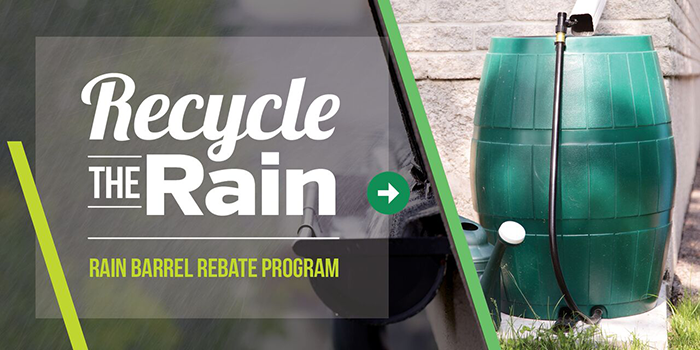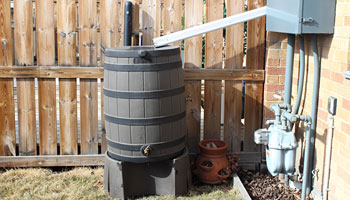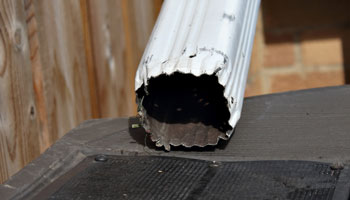Residents who purchase and install a new rain barrel can apply for a rebate of 50 per cent of the cost of the rain barrel to a maximum of $50 per rain barrel. Participants who received one rain barrel rebate in past years are welcome to apply for one additional rebate. Maximum of two rebates per utility account for the lifetime of that utility account.
The Rain Barrel Rebate program has closed for 2025. Check back in spring 2026 for updates.
Who qualifies for a rebate?
You qualify if you:
- Are a City of Red Deer resident.
- Have a City of Red Deer utility (water bill) account.
- Purchase a new rain barrel in the current application year.
- Install and operate the rain barrel at a property located in the city of Red Deer.
- Include a copy of the receipt of your rain barrel purchase. The receipt must clearly indicate the name of the store, product name, price and date of purchase. Your name must be clearly written on the receipt.
The program runs from May 1 to October 31. A limited number of rebates are available on a first-come, first-served basis. Please allow eight to 12 weeks for the credit to be applied to your account.
For more information, please refer to our Rain Barrel Rebate FAQ (pdf) or contact Environmental Initiatives at 403-406-8820 or environmental.initiatives@reddeer.ca.
Other rebate programs


